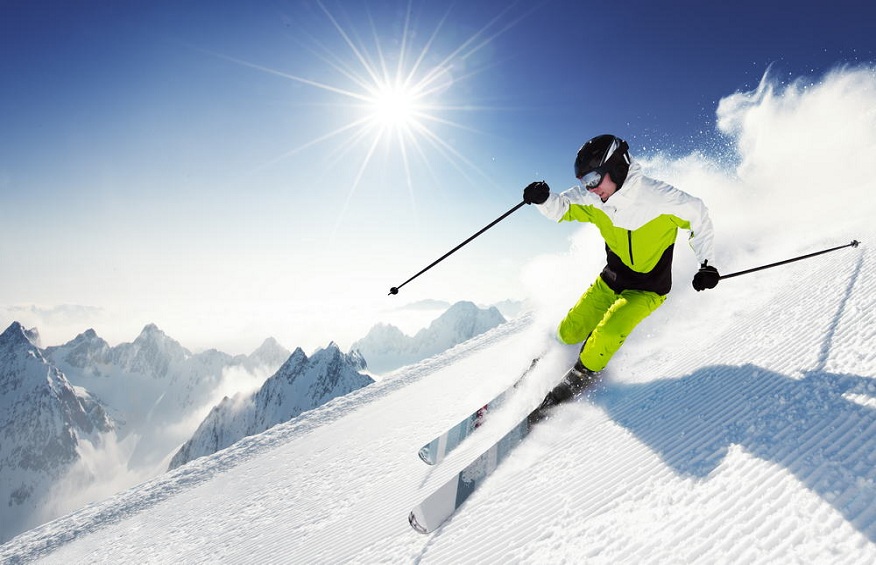Before hitting the slopes each season, it’s important to get your skiing equipment tuned up and ready to go. Skis and snowboards need maintenance like any sports gear. According to the pros at Canyon Sports in Salt Lake City, Utah, a good ski tune up will help them perform better and last longer. This includes waxing the bases, sharpening the edges, and checking the bindings. Many ski shops offer affordable full tune packages if you don’t want to DIY. For the do-it-yourselfer, there are kits available and online tutorials on basic tuning techniques. Taking the time before the season starts will help ensure your gear glides smoothly and is safe for the whole winter.
Inspect and Repair
Inspect all your skiing and snowboarding equipment to check for any issues or wear and tear. Examine boots carefully for cracks or tears, replace old ratty laces, and test buckles and clips to ensure they fasten securely. Check over your poles to make sure there are no cracks or splinters and that the baskets are intact. For skis and boards, look for gouges, delamination issues, or excessive scratching on the bases. Use wax filler to patch any deeper gouges. Examine edges for excessive rusting or burrs that need filing down. Address any issues to gear before heading out so it performs safely and properly on the snow.
Get Properly Outfitted
Another key preparation step is making sure you have the right gear and proper fitting equipment before ski season starts. Growing kids especially may need new gear each year as their height, weight, and ability level changes. Everyone should get custom boot fitting from a qualified ski shop to find the best fitting boots for your feet and skiing ability.
Protect Your Head and Eyes
Having a certified ski helmet that properly fits your head is an essential safety item when hitting the slopes. Helmets absorb impact and protect you from traumatic brain injuries; when worn correctly, ski helmets reduce head injuries by 30 to 50%. Go to a specialty ski shop and work with a professional to select the best helmet for your head size and shape. Certified ski goggles also provide crucial protection, shielding eyes from glare, wind, snow, branches, and other hazards.
Condition Your Body
Skiing and snowboarding are very physically demanding sports for the legs, core, and cardiovascular system. Being in better shape will keep you on the slopes longer and reduce injury risk from falls and crashes. Conditioning the right muscle groups will also improve technique and form. Focus on lower body and core strengthening exercises like squats, lunges, and planks. Mix in cardio like running, cycling or high-intensity interval training to boost endurance and respiratory capacity at higher altitudes. Stretching the quadriceps, hip flexors, hamstrings, and glutes will aid flexibility for proper motion and stance. Don’t forget to stretch after ski days too to aid muscle recovery.
Pack Smart
The way you load and organize your gear bag will make a significant difference in convenience and avoiding frustration at the slopes. Keep items you’ll need to access quickly near the top, like extra base layers, gloves, goggles, hand warmers and lip balm. Keep boot bags and helmets towards the bottom or middle of the bag so they’re padded by other gear. Sort gear by category into smaller organizing pouches to avoid digging around for what you need.
Conclusion
Following ski equipment maintenance best practices, outfitting yourself with well-fitted gear, getting in ski-specific shape, and packing smart will together help set you up for an incredible winter on the mountains ahead. Start the season off right so you can focus on perfecting technique, tackling new terrain, and having fun once out there creating those glorious fresh tracks.

